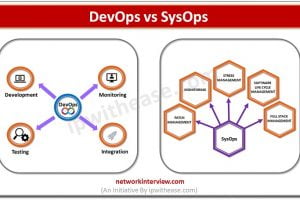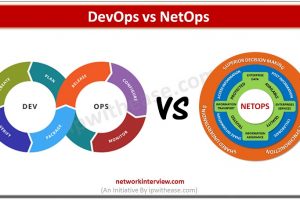
TRADITIONAL WAN vs SD WAN
Difference between Traditional WAN & SD WAN
Below table summarizes the difference between Traditional WAN and SD WAN technologies:
PARAMETER | TRADITIONAL WAN | SD WAN |
| Bandwidth Crunch | When Bandwidth chokes due to high utilization by users or applications , following is the approach followed – ·WAN Optimization solution is introduced which incurs ·WAN Bandwidth is increased or additional link is taken. | When Bandwidth Customer location chokes , following is the approach followed – ·SD-WAN along with WAN Optimization module performs wan acceleration. Additionally utilizes bandwidth from secondary links to provide better experience to users and Applications. |
| Provisioning | Link and device provisioning time for new office setup is very high | Very low time for device configuration and new office setup |
| Configuration | Manually performed by skilled resources who need to have clear understanding on vendor specific device CLI. | Concepts like “Zero Touch Provisioning” allow configuration automatically downloaded by new device via single click. |
| Cost impact (OPEX and CAPEX) | High Cost since reliance on MPLS or PTP links. Also, may require dedicated links for mission critical or business application traffic. | Cost saving by using low cost Internet links instead of using MPLS or PTP links. No dedicated links need to be provisioned for mission critical or business application traffic. |
| Operational overhead and errors in configuration | High since each device needs to be managed and configured separately and errors in configuration is high. | Through automation operation and configuration cost has reduced and errors in configuration becomes low due to automation. |
| Performance of Applications in Cloud | Low since Branch Sites need to backhaul to Hub Sites and then | High since Branch Sites directly access applications hosted in Cloud reducing delay. Also, sophisticated path conditioning techniques that can reconstruct packets lost in transit, avoiding re-transmission will improve the user experience accessing applications. |
| Application level visibility | Low visibility of Application performance. Customer needs to buy a solution separately to meet this requirement. | SD-WAN solutions not only provide deep application intelligence but also give IT the ability to align application priority and performance to business intent |
| Consistent Policy for QOS and Security control across all locations of organization | Medium consistency level of QOs and Security control across locations | High level of QOS and Security policy control since all is centrally managed and pushed through central orchestrator which leads to consistency across all locations. |
| IT Infrastructure Service | Traditional WAN includes multiple single-function devices connecting via different WAN links. This leads to complexity of branch IT management and more number of devices to maintain. | SD-WAN tends to integrate services and centralize the control of services which tends to reduce number of devices to manage. |
| Source: ipwithease.com | ||
Continue Reading:
What is WAN? Detailed Explanation
Tag:comparison



